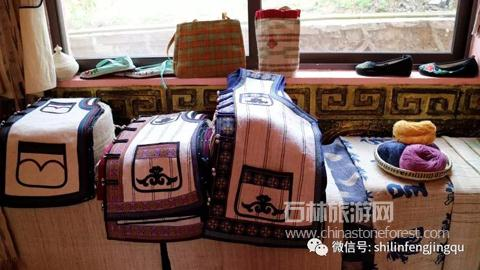
Hemp vest (photographed by Zhao
Guohong)
Hemp
vest, with ethnic features in Shilin, is made by Yi
people who plant raw materials and twist thread themselves and weave with
self-made wooden weaving machine. In Yi villages in Shilin area, you can
see bundled hemp poles hanging in pine trees on the hillside of the village.
This means people are drying the raw material for hemp vest. Dried hemp poles
will be soaked in a pond until the skin separate from the wooden part. Then
remove the hemp fiber for use after drying. Hardworking Yi women use their
spare time to twist hemp thread - when they walk home carrying heavy
loads on the back. As hand-made hemp thread is looped, wooden spinner should be
used to produce long thread which is not easy to be broken. After boiling with
alkali, threads are washed white to be dried for weaving into hemp cloth. The woven cloth is usually five cun wide only and needs splicing and
tailoring to be sewn into a vest. Yi women use blue cloth to decorate hemp vest, sew beautiful patterns, and nail special cloth buttons to finish a featured hemp vest. In festivals,
women dress in colorful costumes, and men wear good hemp vests - handsome with
ethnical features.
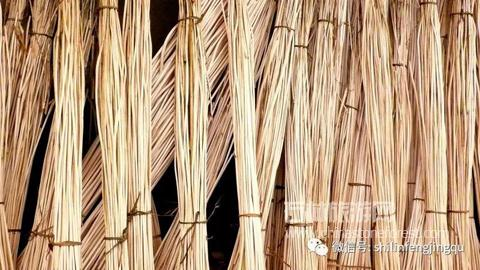
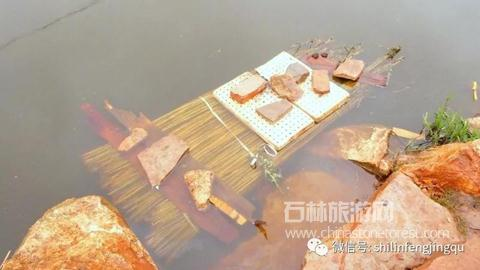
Hemp poles (photographed by Zhao Guohong)
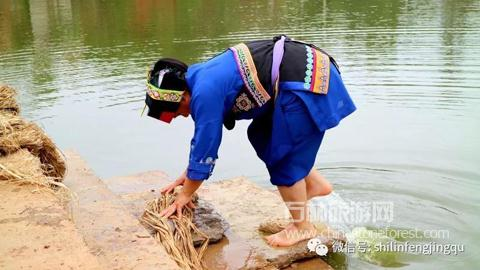
Soaked hemp poles (photographed by Zhao Guohong)
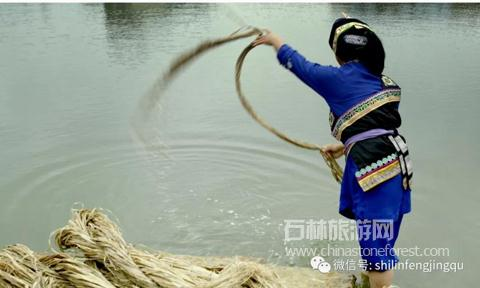
Twisting hemp (photographed by Suo Wenliang)
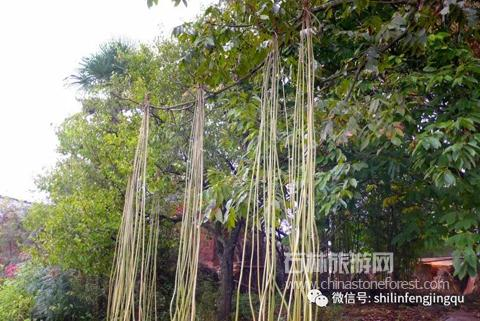
Washing hemp (photographed by Yin Tao)
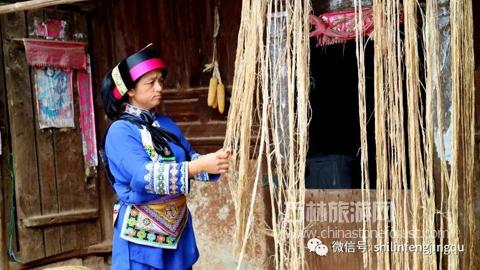
Drying hemp poles (photographed by Zhao Guohong)
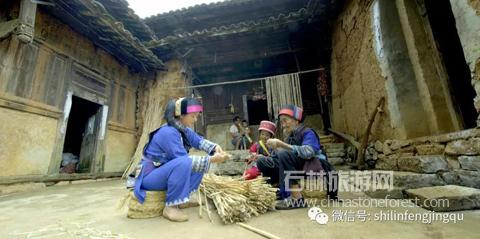
Tearing hemp (photographed by Yin Tao)

Twisting hemp thread (photographed by Suo
Wenliang)
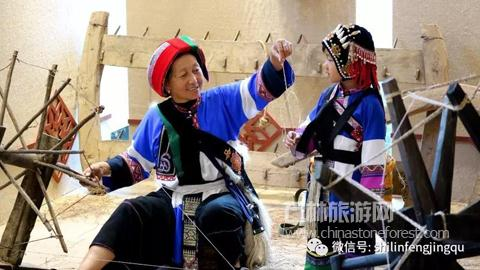
Spinning hemp thread (photographed by Zhao
Guohong)
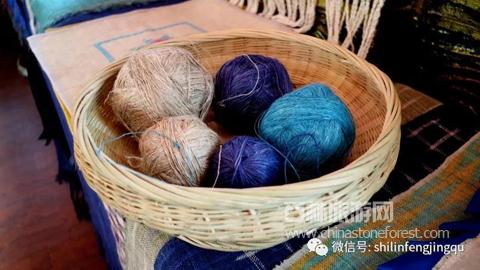
Hemp clew (photographed by
Zhao Guohong)
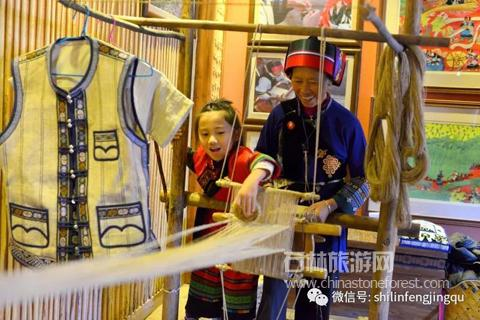
Weaving hemp cloth (photographed by Li
Kun)
![]() No. 53012602000141, Anne, Yunnan Public Network
No. 53012602000141, Anne, Yunnan Public Network











